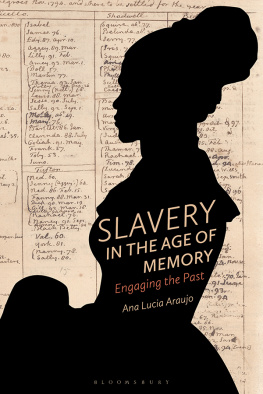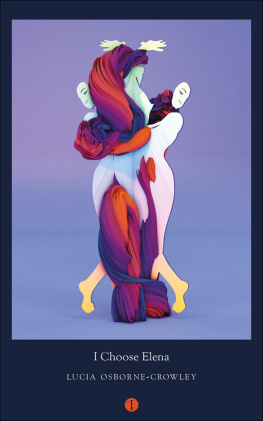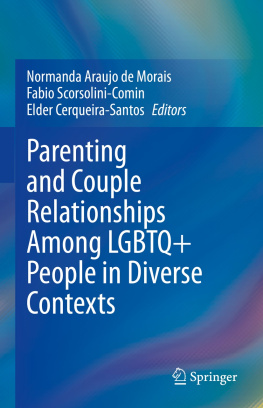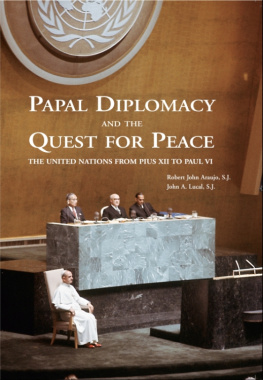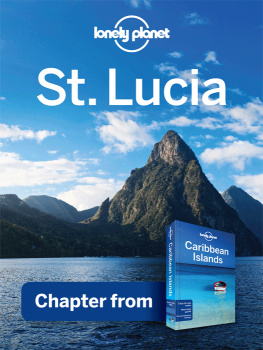This book was written with the support of many colleagues, friends, and institutions. I am indebted to the administration of the historically black Howard University, as well as to my colleagues and brilliant students. The Howard University family provides me with resources, freedom, and inspiration to conduct my research and its beautiful community is what gives meaning to my work on slavery and its afterlives. I am also grateful to various scholars who over the last five years invited me to give talks about the research that gave birth to this book. In 2015, I presented parts of this book at Leiden University; I thank Wayne Modest and Damian Pargas for inviting me. I also presented segments of the book in a conference panel at the Universit du Havre, and in a keynote lecture at the Universit de Montpellier. I thank Eric Saunier, Lawrence Aje, and Nicholas Gachon for these invitations. I also spoke about this book project during a plenary panel at the International Conference Transforming Public History from Charleston to the Atlantic Worldheld at the College of Charleston in 2017; I thank Simon Lewis, John White, and Rachel Donaldson for inviting me.
Alex Balch invited me to give a keynote lecture and lead one session of the Renkei Pax Workshop at the University of Liverpool in 2017; the time I spent in Liverpool greatly enriched my work. Maria Lcia Bastos Kern invited me to give a keynote lecture at the Conference of the Brazilian Committee of Art History, Bahia Art Museum in Salvador (Brazil), and another lecture at the Symposium O Triangulo do Atlantico e as artes visuais, at Pontificia Universidade Catolica do Rio Grande do Sul, in Porto Alegre (Brazil). Both lectures helped me in shaping the last chapter of this book. In 2017, invited by Abou Bamba, I also presented a combination of various chapters in a lecture at Gettysburg College. Historian and friend Olivette Otele invited me to give a talk in the International Conference People of African Descent in Reluctant Sites of Memory, held in Bristol in 2018. Susanne Seymour invited me to give the Annual Public Lecture for the Institute of Slavery at the University of Nottingham in the UK. The week I spent in Nottingham visiting slavery heritage sites and meeting with scholars, artists, and activists enriched my work. I am particularly grateful for having the opportunity to share my work with Amy Potter and Steve Hanna, who not only provided me with insights regarding the wall of names but also shared data about the profile of visitors to the Whitney Plantation Museum. Thanks to Ibrahima Thiaw, Deborah Mack, Laurie Obbink, and Danilyn Rutherford, I had the opportunity to present my work during the week-long Wenner-Grenn International Conference Transatlantic Slavery and the Making of the Modern World, in Sintra, Portugal, in October 2018. My paper as well as the presentations of other scholars helped me rethink certain chapters of this book. Likewise, I thank Ariella Azoulay for inviting me to speak at the Pembroke Center at Brown University and am also grateful to Mariana Dantas and Kim Yeong-Hyun for bringing me to Ohio University to give the Wealth and Poverty Public Lecture in 2018. Thanks to Maria Betlem Castella Pujols and Karo Monet I also presented my work at the Seminar Memories historiques, Memories incomodesGrup dEstudis de les Institucions i de les Cultures politiques (Segles XVIXXI), Universitat Pompeu Fabra, Barcelona, Spain. The feedback provided by the participants of the seminar gave me insight into reworking several elements of the books second chapter.
I am indebted to Armelle Enders for making possible a month-long visiting professorship at University of Paris VIII in March 2019. This very intense month allowed me to present parts of this book in different seminars. Armelle Enders and Malika Rahal provided beneficial comments during their Seminar Histoire globale du temps present: Experiences extra europeennes du second XXe siecle. I also thank Emmanuelle Sibeud for inviting me to her seminar Histoire sociale des populations noires en France, and for the comments provided by Sarah Fila-Bakbadio, Audrey Clestine, and Syliane Larcher. I also thank Alejandro Gomez for giving me the opportunity to speak in his seminar at Universit de Paris I, Sorbonne. Ins Beleza Barreiros and ngela Xavier invited me to present my work at Universidade de Lisboa, in Lisbon, Portugal. I appreciate Anne-Claire Faucquez, Androula Michael, and Rene Gosson for allowing me to share my work in a conference at the Universit de Picardie-Jules-Vernes in Amiens, France. Also, while in France, I was able to pay additional visits to the Nantes History Museum and the Museum of Aquitaine. I am grateful to Matthieu Dussauge for putting me in contact with the colleagues of the Museum of Aquitaine.

